Australian states and territories are further clamping down on travellers from New South Wales, as the state's spiralling Delta outbreak spreads further into regional communities and infiltrates the ACT.
Queensland have announced tougher restrictions for NSW residents living in the border bubble towns.
As of 8pm yesterday those residents are only allowed to enter the Sunshine State for the purposes of "obtaining essential goods and services that can't reasonably be obtained in NSW".
READ MORE: Explained: What you need to know about the NSW state-wide lockdown
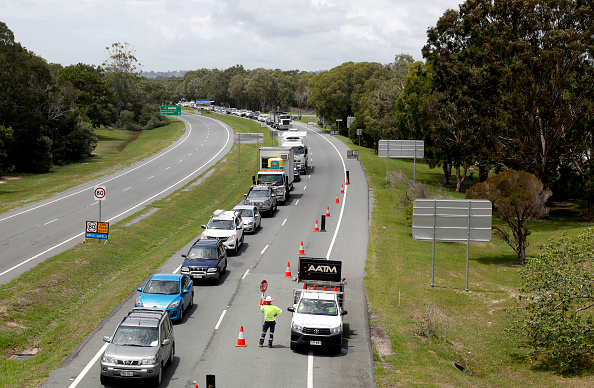 https://twitter.com/qldhealthnews/status/1426470294831517696?ref_src=twsrc%5Etfw
https://twitter.com/qldhealthnews/status/1426470294831517696?ref_src=twsrc%5Etfw"The situation in New South Wales continues to be very concerning," Queensland's Chief Health Officer Dr Jeannette Young said.
"Given the escalation of local restrictions, we have no choice but to put in place a tighter border situation to protect Queenslanders.
"This means anyone who has been to any of the northern NSW local government areas in our established border zone can only come into Queensland for really essential reasons.
"This is the same restriction we have in place for the seven LGAs of Ballina, Brewarrina, Bourke, Byron, Walgett, Lismore and Richmond Valley.
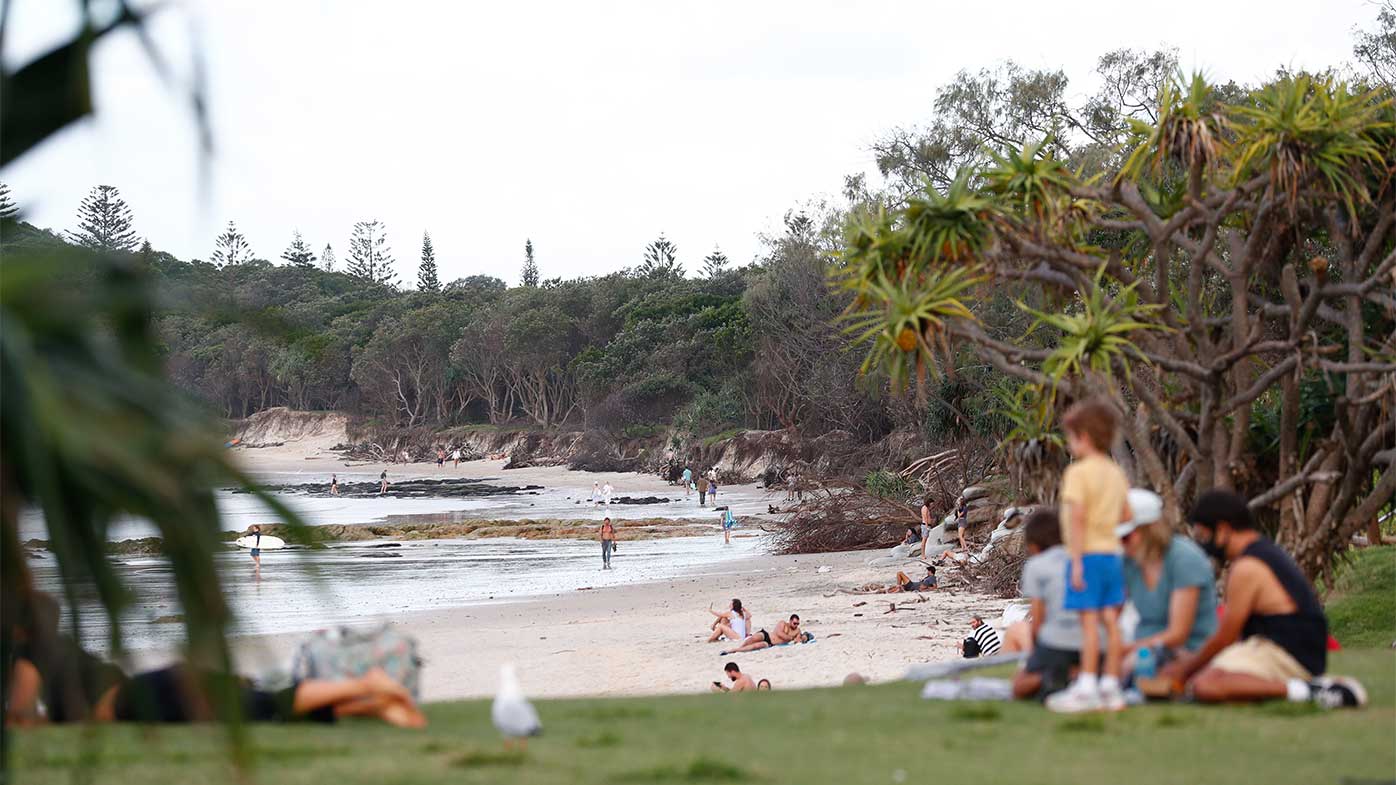
"The reasons to cross the border into Queensland for work will be restricted to essential work. If it's not absolutely essential, do not cross the border.
"I know this is tough – those living in northern NSW are our close neighbours and they access Queensland for a range of reasons, but right now, that can't continue until their outbreak gets under control.
"This will be in place for at least seven days, and we'll continue to monitor the situation.
"I urge Queenslanders to reconsider their need to go to New South Wales at all.
Meanwhile, in an Australian first, Western Australia is now mandating that all entrants arriving from NSW - already a very short list of exempt travellers - have received at least a single dose of a COVID-19 vaccine.
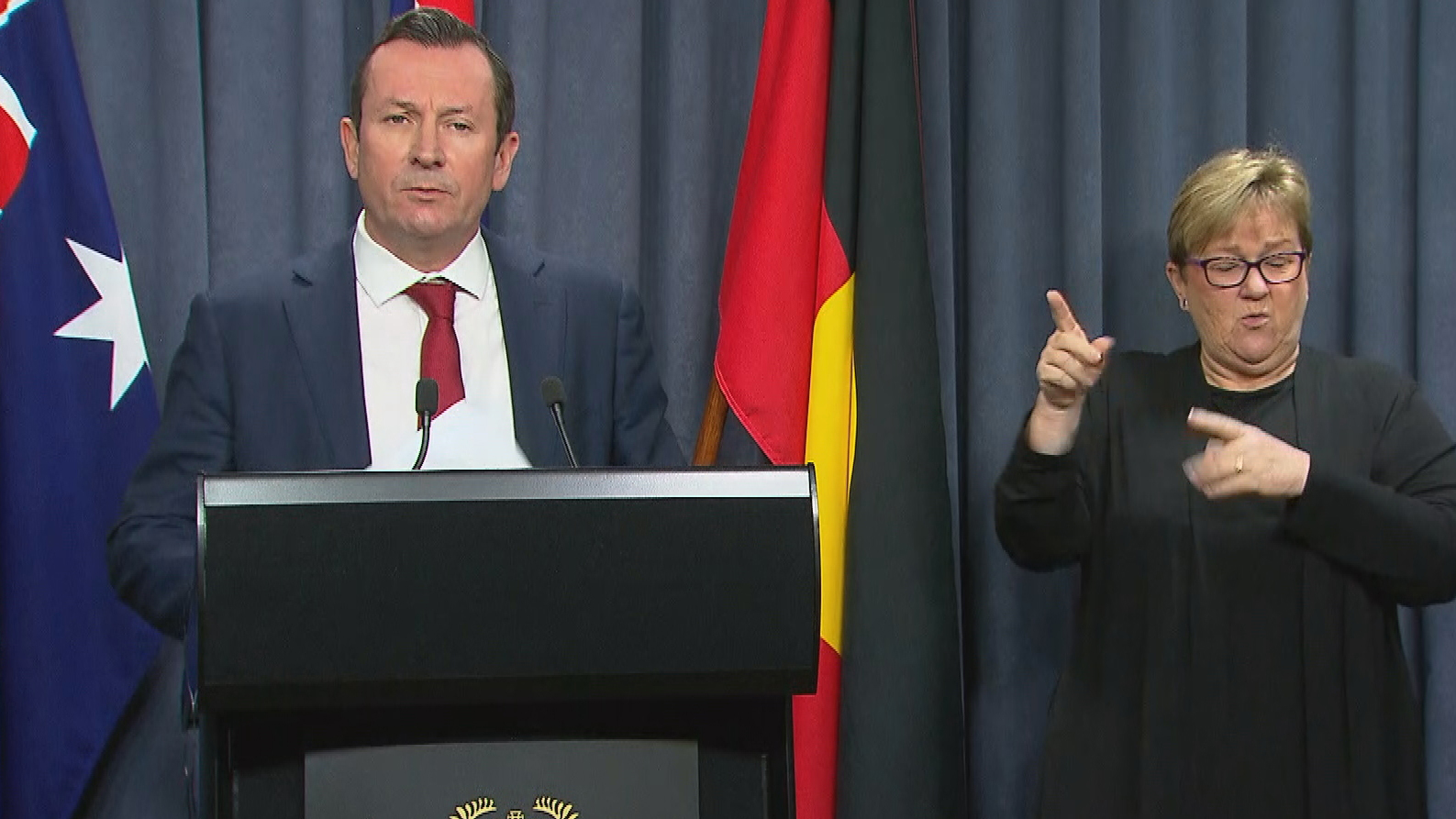
They will also be required to self-isolate for 14 days upon arrival and provide evidence of a negative PCR test taken within 72 hours of flying into the state.
READ MORE: NSW travellers must have jab to enter WA under upgraded measures
The ACT has also moved to ban travellers from NSW, establishing a border bubble with the NSW communities that encircle it, as the Territory battles its own Delta outbreak.
ACT health authorities are yet to uncover how the index case - a man in his 20s living in Gungahlin - became infected but ACT Chief Health Officer Kerryn Coleman said she "expects" it originated from Sydney's Delta outbreak.
The whole of NSW is now effectively banned from entering the ACT, except for those residing near the ACT border, who are allowed to enter without an exemption for essential work and healthcare reasons.
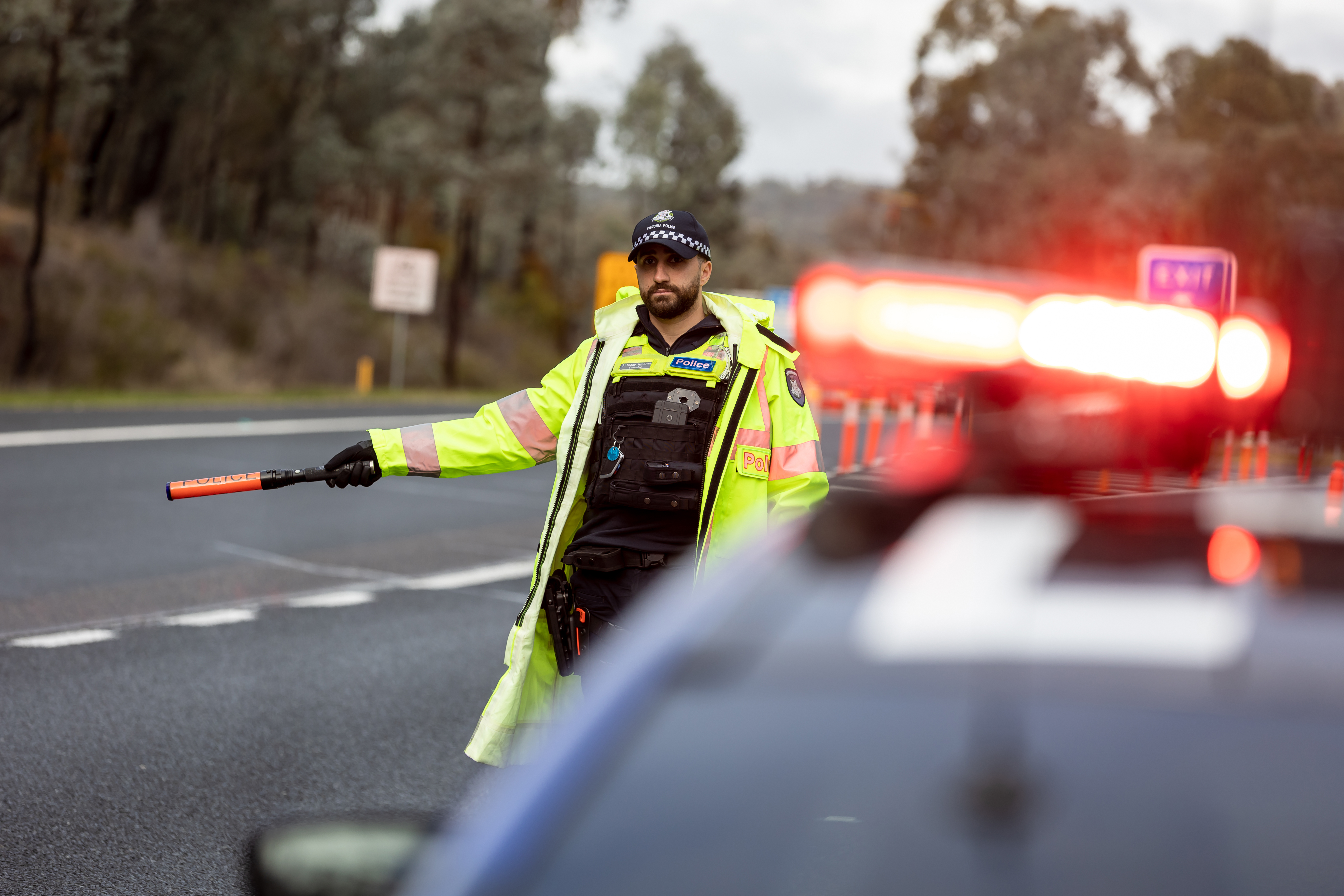
Earlier, Victoria tightened its border bubble with NSW, with Premier Daniel Andrews announcing a permit system will be reintroduced.
Mr Andrews said it was important for the state to know who was moving across the border in order to track the virus spread.
"If this virus can get from Sydney to Byron Bay, to Dubbo, to Armidale, to Tamworth, then only a fool would think that it couldn't get to Albury," Mr Andrews said.
He said the permit process would be "relatively straightforward".
Nationwide, premiers are hardening borders to stop the more transmissible Delta variant from spreading.
Below is a breakdown of how all the states and territories are reacting to outbreaks.
READ MORE: Everything you need to know about the lockdown for Greater Sydney
New South Wales
While NSW is essentially closed off from the rest of Australia, there are still rules in place for arrivals from a number of jurisdictions.
Entry to NSW is restricted when a NSW Health concerns notice identifies interstate hotspots, affected areas and places of concern.
People travelling from Cairns and nearby Yarrabah, Queensland where an unvaccinated taxi driver was diagnosed with the virus, must now isolate for 14 days on entering.
People from close contact locations are not permitted to enter NSW unless they are a returning resident or travelling to the ACT, and they must self-isolate for 14 days.
People who have been to casual contact locations are not permitted to enter NSW unless they are a returning resident, travelling to the ACT, or have returned a negative COVID-19 test since being to the location.
The list of close and casual contact venues for Queensland, Victoria and South Australia, can be found on the COVID-19 concerns notice.
All of Victoria and South Australia have also been declared areas of concern.
No travel restrictions apply to other Australian jurisdictions.
Victoria
Victoria has tightened its border bubble with New South Wales following advice from public health officials.
From 1pm on August 12, but not enforced until 6pm on August 13, people will need to apply for a permit to use the bubble. Permits last for 14 days.
Border visitors are not able to travel beyond their necessary destination.
The government has also expanded red zones to keep potentially infected people from NSW out of the state. Where a cross-border community area is designated an extreme risk zone, cross-border community must have a permit, exception or exemption to enter Victoria.
All of Greater Sydney and Wollongong are considered red zones, meaning people from there will not be able to enter Victoria.
Regional areas of NSW and the ACT were also declared orange zones.
This means Victoria's Travel Permit System came back into effect for anyone travelling from those areas.
"This is not retrospective," Victoria Health clarified.
"If you travel from ACT or regional NSW (not including communities in border bubble), then you need an orange zone permit to enter Victoria."
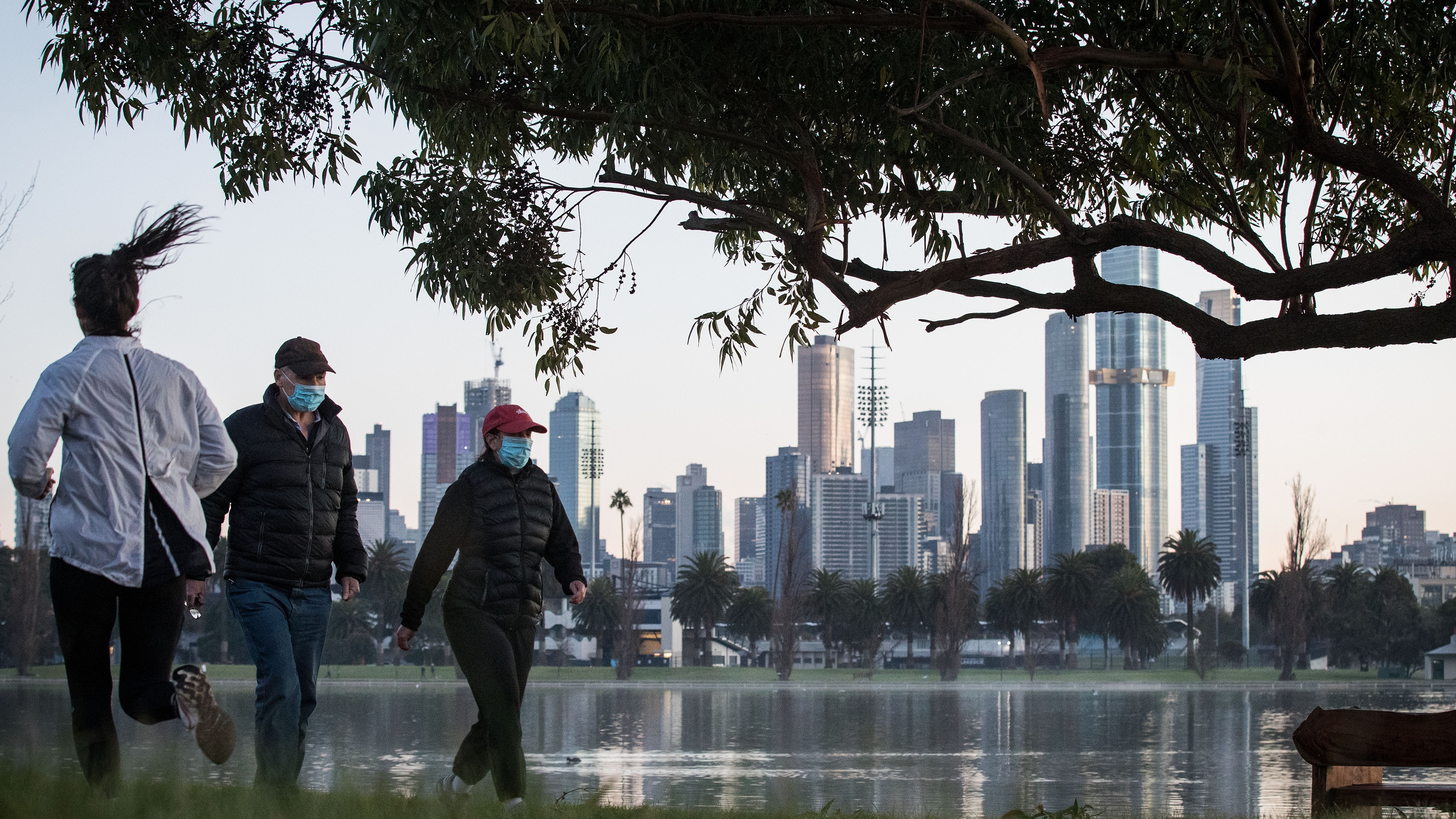
Health Minister Martin Foley said people entering the state unlawfully will be turned back at the airport.
"Do not fly into a red zone if you are from Victoria and if you are not Victorian and you have been in a red zone," he said.
"You may indeed have to stay in hotel quarantine if there is no return flight for you at that time."
That means non-Victorian residents who have been in the areas in the past two weeks are banned from entering the state and Victorians will have to get a red zone permit and quarantine at home for 14 days.
Victoria has published a list of testing sites online.
ACT
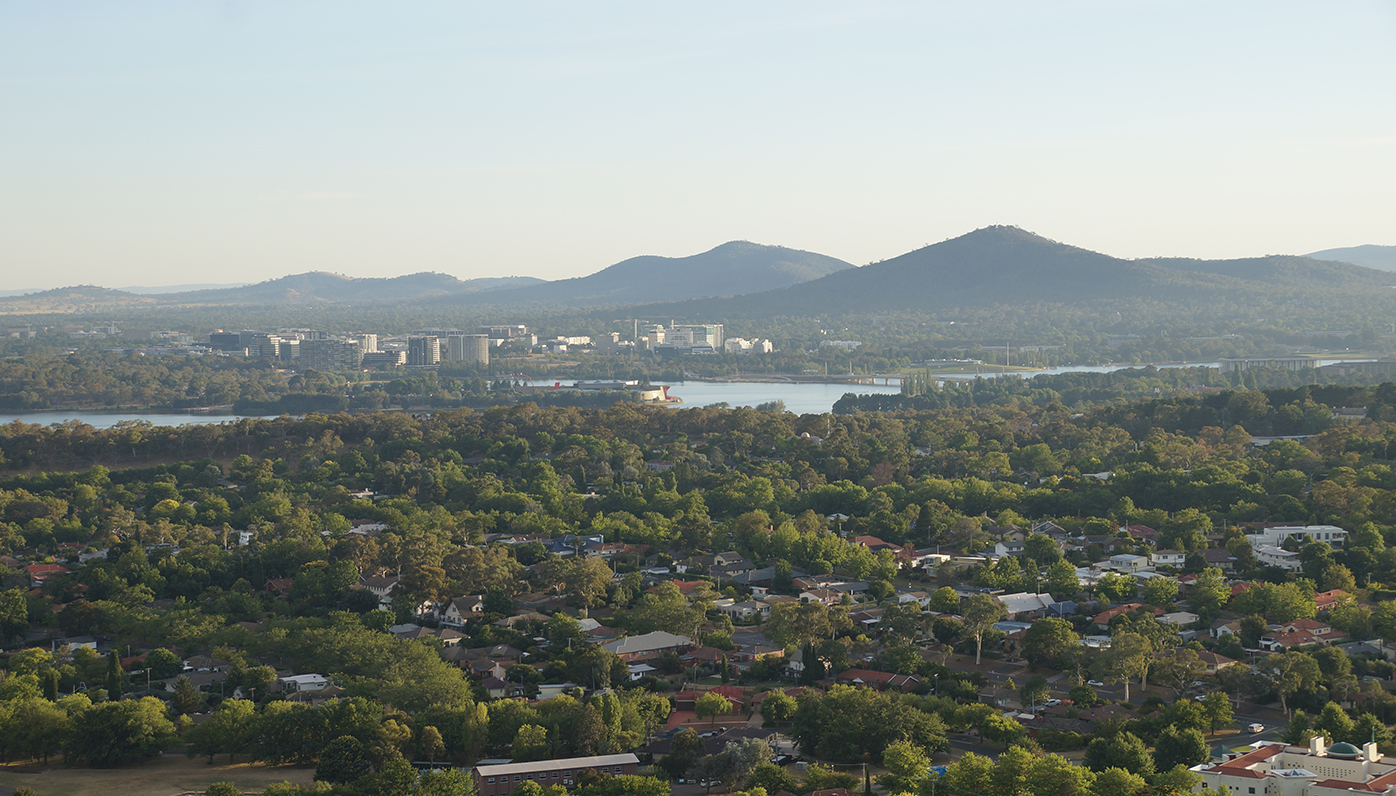
The ACT has declared all of NSW a COVID-affected area, effectively banning them from entering the territory.
However, the ACT is establishing a border bubble, with those living near the ACT border allowed to enter the Territory without an exemption, but only for essential work and healthcare reasons.
The postcodes covered by the exemption are 2581, 2582, 2584, 2611, 2618, 2619, 2620, 2621, 2623, and 2626.
"Make sure you have identification," Health Minister Rachel Stephen-Smith said.
"The decisions that we have made around the rest of New South Wales mean that ACT Policing will be very vigilant and looking out for New South Wales number plates."
Anyone attempting to enter the ACT from NSW outside of this border bubble must apply for an exemption and undertake 14 days of quarantine.
People can quarantine at home.
Western Australia
Western Australia has further tightened its borders with NSW, with only exempt travellers who have returned a negative COVID-19 test and received at least one vaccine dose allowed entry.
The new border measures are the harshest yet seen during the course of the pandemic in Australia.

The state is also enacting a hard border with the ACT, while visitors from Victoria and Queensland remain barred. All three are now classed as 'medium risk' states.
At the same time, South Australians is being downgraded to a 'low risk' jurisdiction, with travellers now permitted in provided they self isolate for 14 days.
Premier Mark Mcgowan announced on Friday, August 13, that WA is updating its border restrictions policies, upgrading the requirements for travellers from 'high risk' states and creating a new category of 'extreme risk' jurisdictions.
Western Australia's five categories of risk are now as follows:
- Very low risk - travellers must complete a standard G2G pass registration and undertake a health screening on arrival;
- Low risk - as above, but arrivals must also self-isolate for 14 days after arriving and get tested on days 2 and 12;
- Medium risk - only exempt travellers permitted, who must self-isolate for 14 days and get tested on days 2 and 12;
- High risk - a smaller list of exempt travellers permitted, who must self-isolate for 14 days and provide evidence of at least one dose of a COVID-19 vaccine and a negative PCR test within 72 hours of their arrival;
- Extreme risk - exemptions restricted to Commonwealth, State and specialist functions only, who must have had at least one dose of a COVID-19 vaccine, returned a negative PCR test and will undertake quarantine at a state-run facility
The 'high risk' category will be triggered when a state reaches 50 daily local COVID-19 cases on average, while 'extreme risk' will be judged to be when a state recorfds 500 daily local cases.
NSW is now a 'high risk' state, but with daily cases currently exceeding 300 per day, it is at risk of tipping over into the 'extreme risk' category.
Those currently still permitted to enter include federal MPs, Defence officials, returning Olympians and other returned overseas travellers who undertook their hotel quarantine in NSW.
"Given what is happening in NSW, there is no sign of the situation improving over coming weeks," Mr McGowan said as he announced the changes.
""These criteria are very tough. We haven't ever done this before in Australia – we haven't ever said you have to be vaccinated to come home - but they are fair," he said.
He suggested the new policies could provide "a template" to other states "should they want to, to protect themselves from NSW".
South Australia
South Australia has now closed its borders to the whole east coast of Australia, with all travellers from Victoria, Queensland, NSW and the ACT banned.
Travellers may be granted an exemption if they are deemed an essential traveller.
Travellers who gain an exemption must quarantine for 14 days, receive COVID-19 tests on days one, five and 13, and wear a mask when in contact with the public.
The strictest rules are in place for NSW returnees, with returning Commonwealth MPs and those escaping domestic violence subject to Level Five restrictions, meaning they will be sent into state-run quarantine.
Even those who simply transit through Sydney Airport are required to undergo 14 days of self isolation and repeat COVID-19 testing.
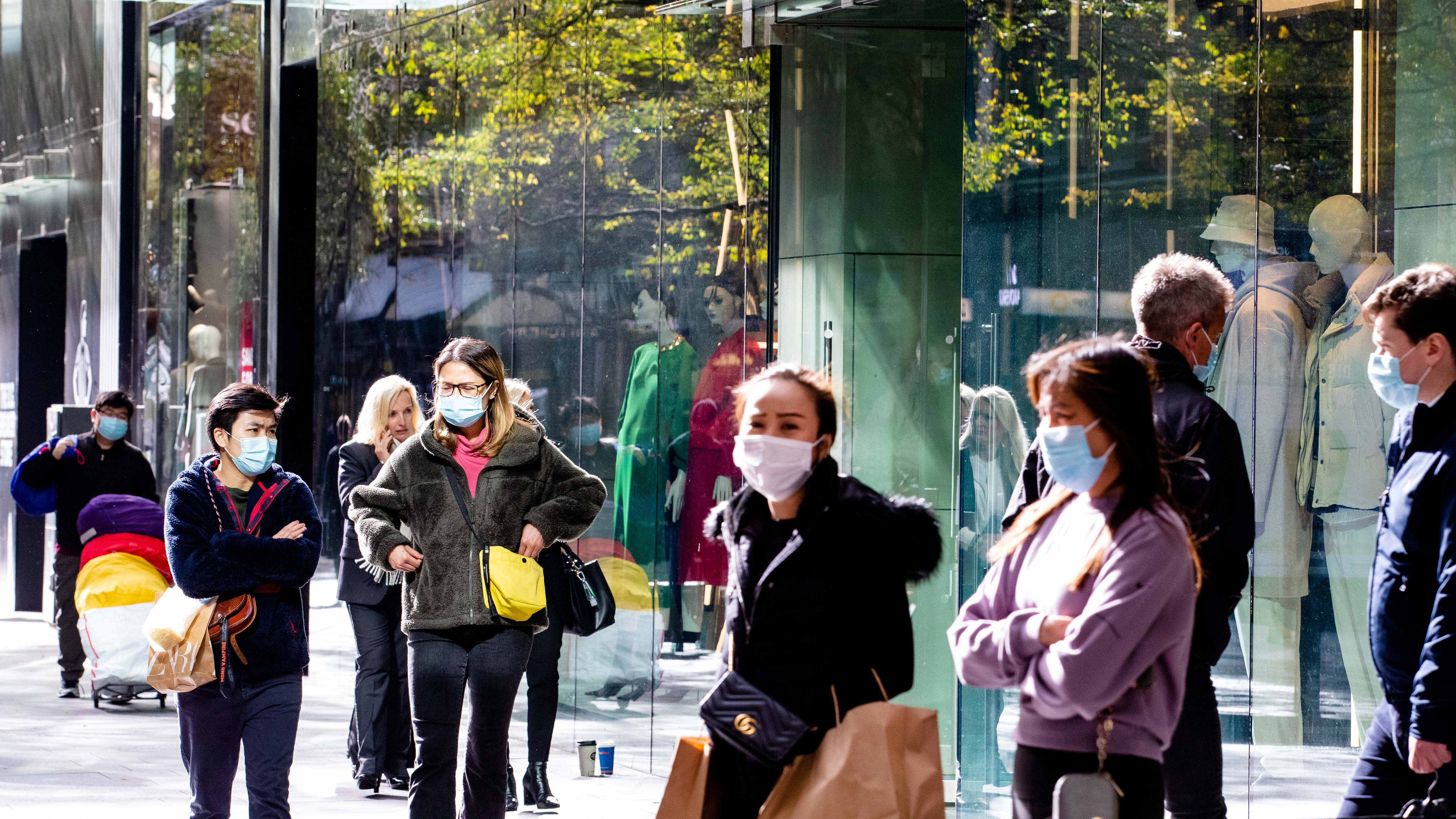
The Victorian cross border zone currently covers 70 kilometres either side of the border with South Australia.
However, travellers from those areas are still required to get tested on days one, five and 13 after their arrival and self-quarantine until a negative result is received.
All other jurisdictions in Australia are permitted to enter South Australia, provided they have not been to or travelled through an exclusion zone in the past 14 days.
Furniture removalists entering the state will need to provide proof they have had a COVID-19 test in the past 72 hours.
Queensland
As of 8pm on August 14, New South Wales border bubble residents can only enter Queensland for obtaining essential goods and services that can't reasonably be obtained in NSW.
The change comes following the beginning of a state-wide lockdown in New South Wales on Saturday evening.
A growing number of jurisdictions within the bubble were already labelled as "places of concern" and were subject to similar additional restrictions.
This includes those in and around Byron Bay and the western NSW council areas of Bourke, Walgett and Brewarrina, where stay-at-home orders are currently in place.
Travel between these areas and Queensland is only permitted to perform essential work, such as to conduct medical care or emergency infrastructure works and Queenslanders must isolate when they return home.
Earlier in the day (from 1am on August 14) the ACT joined New South Wales and Victoria under Queensland's border restrictions, while South Australia has been removed from the travel ban list.
Anyone arriving in Queensland from the ACT after 1am on Saturday will be required to go into mandatory hotel quarantine for 14 days.
Additionally, anyone already in Queensland who has spent time in the ACT since August 9 is being sent into home isolation for 14 days since they left the Territory.
The border restrictions between Queensland and South Australia were lifted at 12pm on Thursday.
Border restrictions remain in place for all of Victoria and New South Wales, with a "thick blue line" of police officers now in place patrolling the NSW-Queensland border.
Queensland re-implemented border controls with Victoria as the state entered a snap lockdown last week.
Deputy Premier Steven Miles said hotspot restrictions would apply with those arriving from Victoria now being sent into hotel quarantine.
Victoria has also closed its border to south-east Queensland as cases continue to emerge in the area.
The state declared 11 Queensland local government areas (LGAs) red zones under the state's traffic light permit system.
The red zone declaration means Victorians returning home from the affected areas after 8pm on July 31 must quarantine for 14 days.
Tasmania
Tasmania has declared all of NSW a Level One high-risk zone, while Victoria and parts of Queensland are Level Two high-risk zones.
No arrivals are permitted from either Level One or Two zones without an exemption, but exempt entrants from NSW must still enter state-run quarantine while Level Two only requires self-isolation at home.
Most of Queensland remains designated low-risk, with the exemption of 11 south-east Queensland local government areas and Cairns and Yarrabah in the state's Far North.
The south-east LGAs are as follows: Brisbane City, Gold Coast, Lockyer Valley, Noosa Shire, Scenic Rim, Sunshine Coast, Moreton Bay, Ipswich, Logan City, Redland City and Somerset.
These are all classed as Level Two 'high risk' zones, which means no arrivals are permitted without exemptions, but exempt travellers may quarantine at a suitable premises of their choice.
Travellers who have only spent time in low-risk areas in the past 14 days may arrive in the state freely and do not have to quarantine.
Western Australia, South Australia, the Northern Territory and the ACT are all low-risk jurisdictions.
However, Tasmania also updates its travel restrictions by declaring certain premises as high-risk zones even in low-risk states or territories.
Stay up to date with those here.
Northern Territory
The Northern Territory has declared all of NSW and Victoria hotspots.
While released from lockdown, 11 Queensland LGAs of Brisbane City, Gold Coast, Lockyer Valley, Noosa Shire, Scenic Rim, Sunshine Coast, Moreton Bay, Ipswich, Logan City, Redland City and Somerset also remain on the hotspot list.
Yarrabah and Cairns in Queensland have also been added.
People who are not returning NT residents that want to enter the territory and quarantine from a hotspot now have to apply for a special permit.
People who need to go there will no longer be given the chance to quarantine at the Howard Springs quarantine facility unless they hold an exemption, Chief Minister Michael Gunner announced.
Anybody who has been in any of those hotspots since July 27 and is currently in the NT, is also ordered to undertake 14 days of supervised quarantine.
There are no restrictions on travel to the NT from anywhere else in Australia, provided they have not been in a hotspot for the past 14 days.
You can find out more details about how to book your vaccine through the Federal Government health site here.



ConversionConversion EmoticonEmoticon